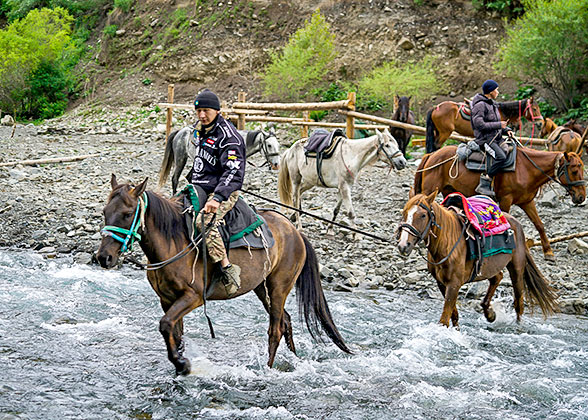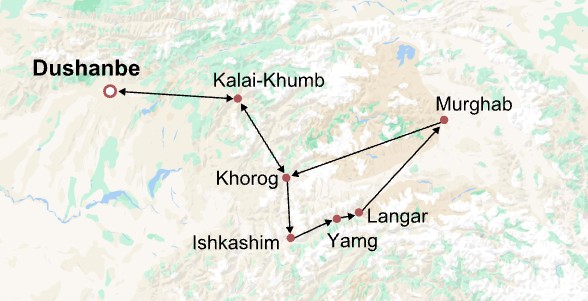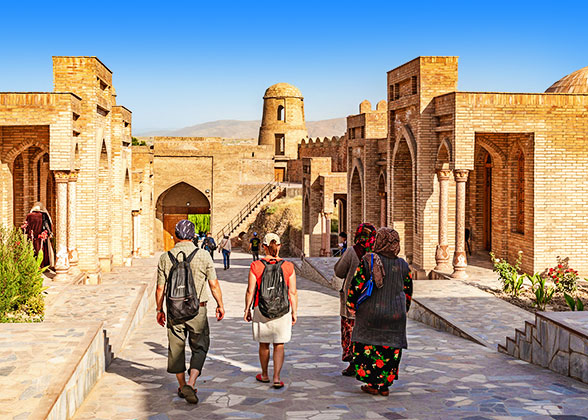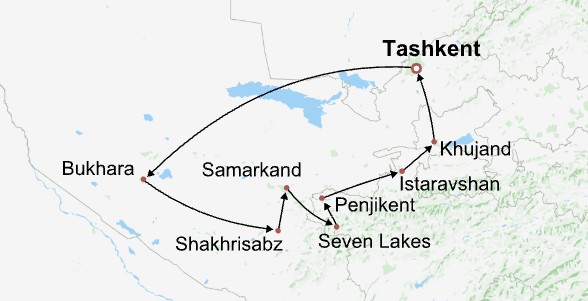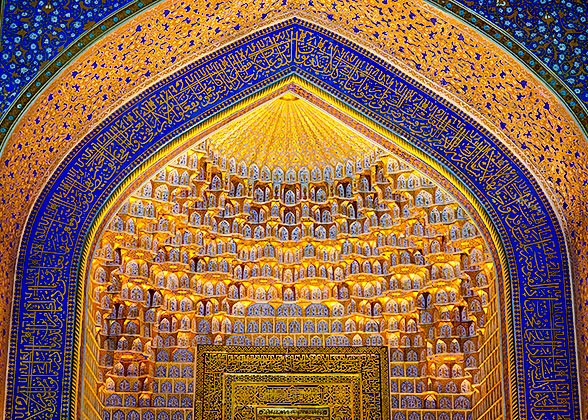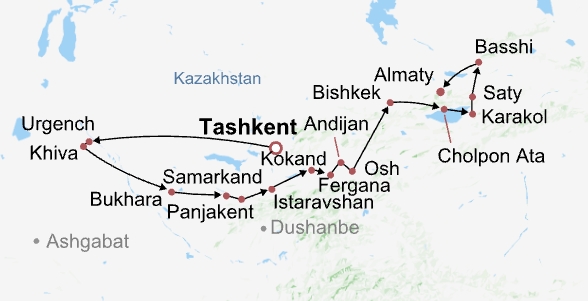Do I need a visa or other permits for my Tajikistan trip?
Most Western tourists, including citizens from the EU, the United States, Australia and Canada, can enter Tajikistan without a visa. However, a GBAO (Gorno-Badakhshan Autonomous Oblast) permit is required to visit the Pamirs, and it can be handled along with the visa application.
What is Tajikistan best known for?
What to see for first-time visitors? The most attractive highlights are the Pamirs in the east and the Fann Mountains in the northwest. Before the adventure, our Tajikistan tours start with a visit to Hisor Fortress and Dushanbe, the capital city, to discover a captivating mix of old and new.
The Pamirs fascinate travelers with the epic M41 Pamir Highway and Wakhan Corridor. The former provides an exciting experience by passing through 4,000-meter (13,123-foot) high passes and unpaved, rugged mountain roads, and enjoying spectacular views of river valleys, and snow-capped peaks. The latter offers insights into not only a series of heritage sites but also natural alpine hot springs and interactions with hospitable Wakhi Pamiri people! Moreover, stunning mountain lakes, including the Yashilkul Lake, Bulunkul Lake and Lake Karakul, are also highlights of the Pamirs.
The Fann Mountains are a paradise for adventurous hikers, famous for Iskanderkul Lake, Alauddin Lakes and Seven Lakes. Furthermore, ancient trade centers nestled in the mountains, like Istravshan and Khujand, also offer opportunities to explore the Silk Road culture.
What is the best time to visit Tajikistan? What should I wear?
May to September is the best time you embark on your Tajikistan tours. Due to the high altitude and large altitude difference, the hot spots like the Pamirs and the Fann Mountains feature an extreme climate with low temperatures, humidity, and precipitation most of the year. For instance, the temperature in the Wakhan Corridor ranges from 10-20°C (50-68℉) in summer (Jun.-Aug.), and you can bring clothing including light coats, windproof jackets and hiking boots. If you plan your trip in winter (Dec.-Feb.), when the temperature can drop to -10 to -35°C (14 to -31℉), down jackets, cotton masks and thick hats are necessities. In most other areas, it features a rainier or snowier winter and a hotter and drier summer, and it can soar to 40°C (104℉) in Dushanbe in summer, so pack lightweight clothing, such as light blouses, short-sleeved shirts, light trousers and a sun hat.
How easy is it to visit Tajikistan? How to travel around?
Mostly, tourists fly to Dushanbe International Airport (DYU) to get to Tajikistan. We arrange comfortable private transfers with an expert guide and an experienced local driver throughout the Tajikistan trip. Furthermore, the Pamirs and the Fann Mountains feature variable road conditions, with some unpaved bumpy sections, and we’ve arranged for you well-performing 4x4 SUVs.
Is it safe to travel to Tajikistan?
Yes, it is safe to visit Tajikistan. Tajik people are friendly, and travelers are warmly welcomed, whether in big cities or mountain areas. However, please avoid going out alone at night, and do not take pictures of the Afghan border guards when passing by the Panj River, the natural border between Tajikistan and Afghanistan.

